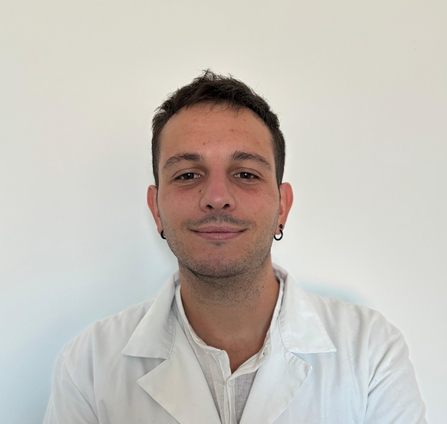Insights into knee morpho-functional anatomy: Implications for future applications.
Osteoarthritis (OA) is a chronic and debilitating condition, causing significant pain and discomfort for those affected. Its aetiology is multifaceted, and although the exact pathogenesis remains incompletely understood, being overweight is a well-established risk factor for its development. The pathology of OA is characterized by the degenerative loss of articular cartilage, narrowing of the joint space, synovial inflammation, and bone remodelling. The knee, being a complex joint, is particularly susceptible to OA, with the menisci being notably vulnerable structures. Serving as shock absorbers, the menisci resemble two fibrocartilage pads with a semicircular shape and triangular cross-section, strategically positioned on the inner and outer aspects of the knee joint. Situated between the femoral condyles and the tibial plateau, they play a crucial role in dampening impact forces and enhancing joint stability. Meniscal tears are a common clinical problem, further exacerbating the challenges posed by OA. Understanding the intricate macro and microstructure of the meniscus demands a multidisciplinary approach to enhance our current understanding of its developmental biology and achieve favourable outcomes in regeneration efforts.
This PhD project aims to assess two crucial aspects of regenerative medicine in the context of knee osteoarthritis (OA):
- Identification of an appropriate animal model for investigating OA-related mechanisms: Given the distinct characteristics across various animals and tissues in diverse physiological and pathological states, selecting the ideal animal model is important. This involves considering specific anatomical regions and tissues such as cartilage and subchondral bone, synovial membrane and fluid, or the meniscus.
- In vitro investigation of the above-mentioned tissues and their cellular constituents: This entails evaluating the differentiation and regenerative potential of tissues through different culture methods. Representative of their native tissue environment.
Master’s degree in veterinary medicine – University of Milan
Thesis title: “The Sow as a Spontaneous Model of Osteoarthritis: A Preliminary Study”.
Participation in research groups:
- Linea 2 project “A cadaveric study of the canine genicular artery anatomy from the newborn to the seniors: a pilot study with indocyanine green fluorescence technology”
Dipartimento di Medicina Veterinaria e Scienze Animali (DIVAS), Via dell’Università 6, Lodi (LO), 26900. - 2022- 2023: NeLOM project “NeLOM: dal suino nero in Lombardia al suino Nero di Lomellina”
Dipartimento di Medicina Veterinaria e Scienze Animali (DIVAS), Via dell’Università 6, Lodi (LO), 26900.
Publications: Orcid
Supervisor Prof. Silvia Clotilde Bianca Modina
Co-supervisor Prof. Alessia Di Giancamillo

